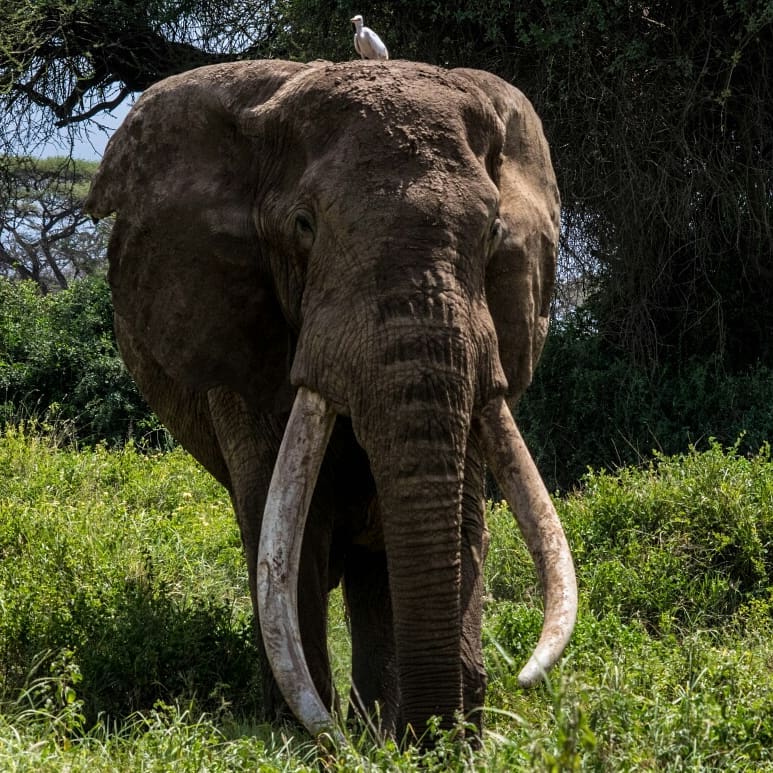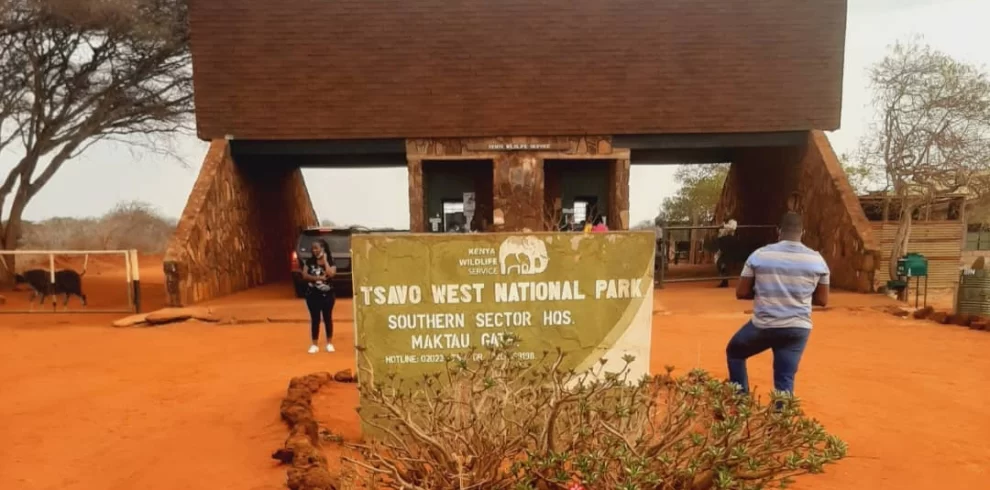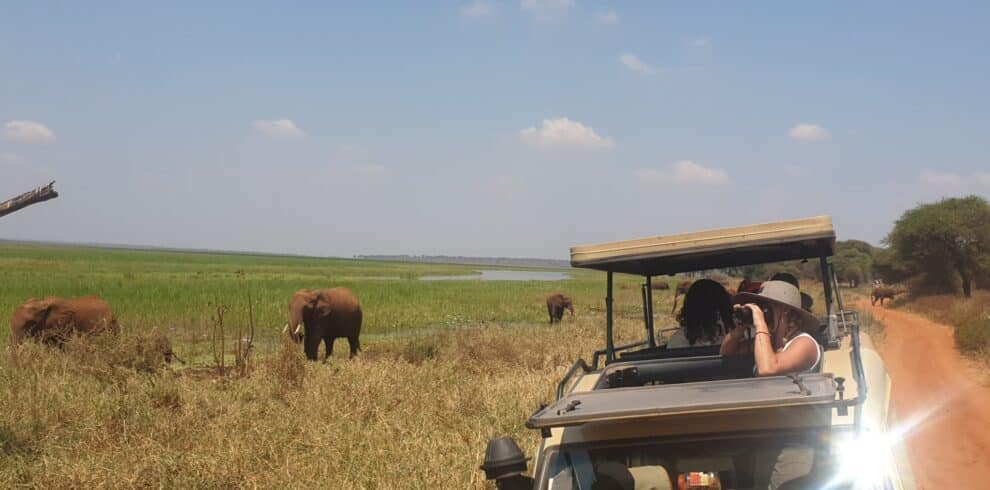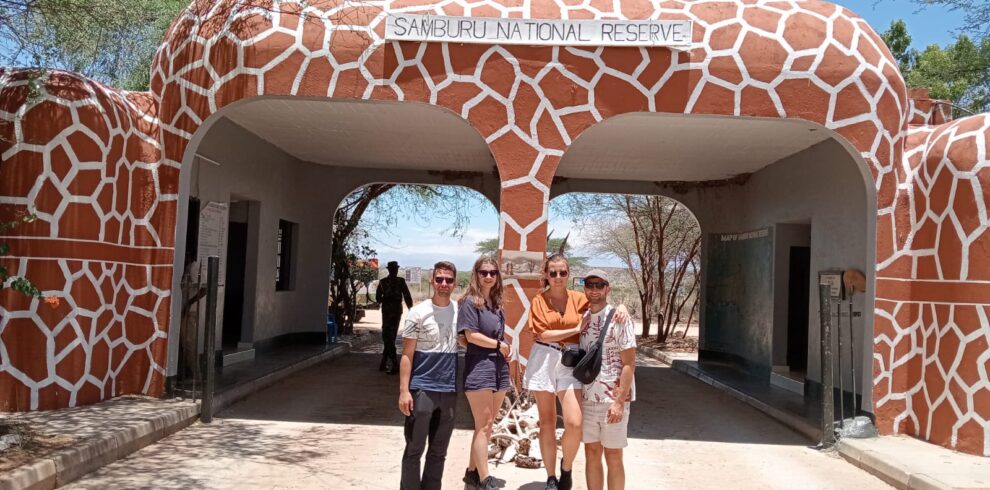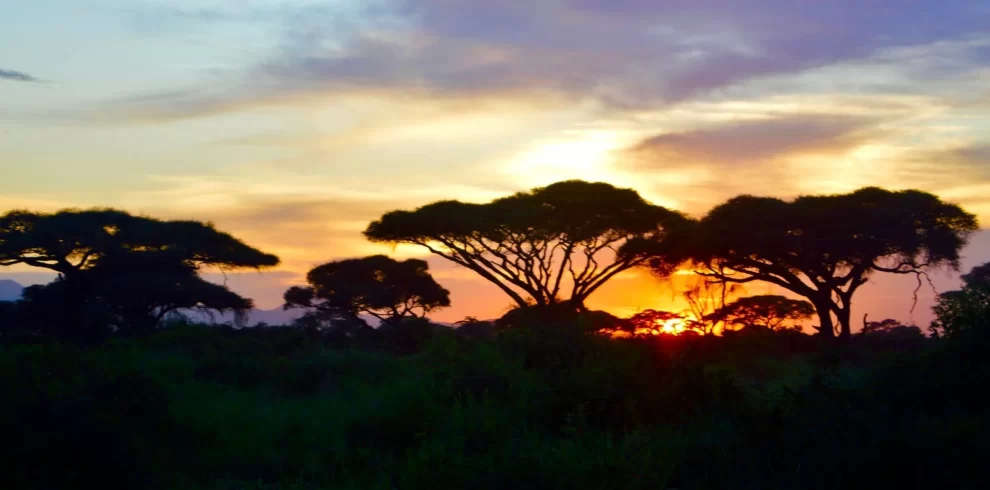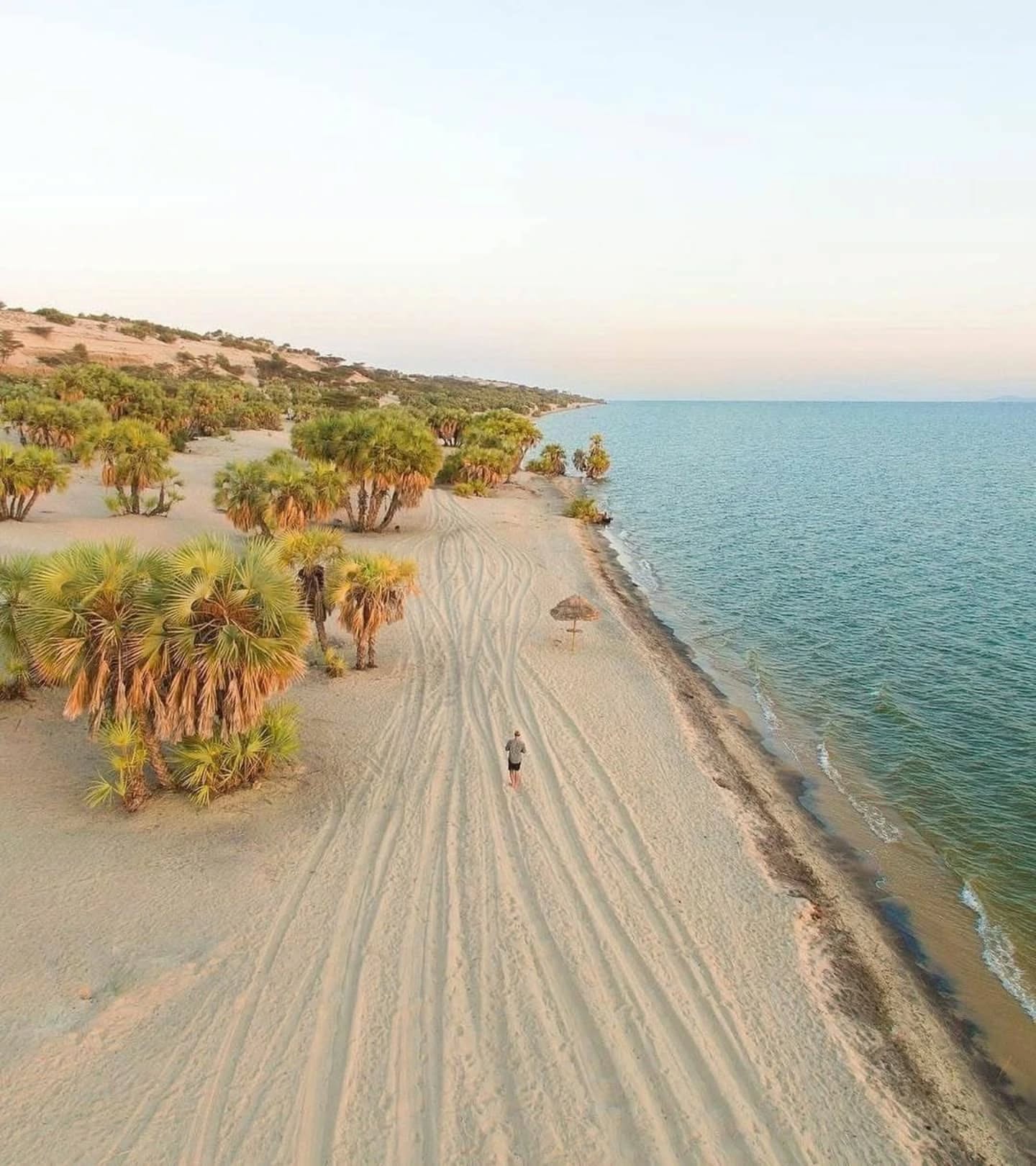In the expansive plains of Kenya’s Amboseli National Park, beneath the watchful gaze of Mount Kilimanjaro, lived one of Africa’s most iconic and revered elephants—Big Tim. Known for his exceptional size, near-ground-reaching tusks, and gentle disposition, Big Tim was a living testament to the grandeur of African wildlife and the importance of conservation efforts.
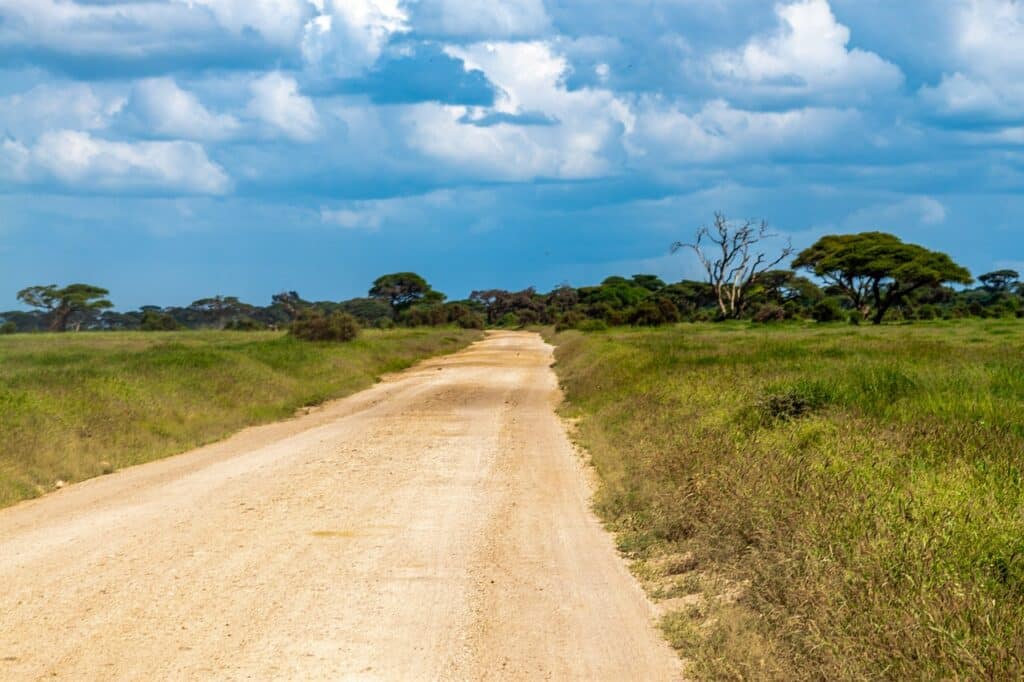
Origin of the Name
The name “Big Tim” was given to the elephant by researchers and conservationists working in Amboseli National Park, primarily those from the Amboseli Trust for Elephants, which has studied the park’s elephant population for decades.
• “Tim” was his original given name, following the naming convention used by researchers in Amboseli, where elephants are often named alphabetically based on their family or matriline. Tim belonged to a family group whose members had names beginning with “T.”
• The prefix “Big” was later added as a mark of respect and recognition for his exceptional size, long tusks, and overall presence. His physical stature made him stand out among other elephants in the park, and the name “Big Tim” became a fitting tribute to his status as a gentle giant and a conservation icon.
A Remarkable Life
Born in the early 1970s, Big Tim was part of the Amboseli National Park elephant population, one of the most comprehensively studied elephant communities in the world. Over nearly five decades, he grew into one of the last great “tuskers”—a term used to describe male elephants with tusks so large they nearly touch the ground. His tusks, a rare genetic trait, made him both a national treasure and a prime target for poachers.
Despite surviving numerous threats, including poaching attempts and injuries from snares, Big Tim lived an unusually long life for a wild elephant. His survival can be attributed to vigilant protection by the Kenya Wildlife Service (KWS) and conservation groups such as the Amboseli Trust for Elephants.
Tim the Tusker
Tuskers are a rare and remarkable subset of African elephants distinguished by their extraordinarily long tusks—so long that they often reach the ground. These massive ivory extensions are the result of a rare genetic trait, typically found in mature male elephants, though a few females have also been known to develop them. Tuskers are not only physical marvels, but they also represent the evolutionary pinnacle of elephant genetics and the ancient majesty of Africa’s wildlife.
Historically, tuskers roamed widely across the African continent. However, due to decades of poaching driven by the ivory trade, their numbers have been drastically reduced. Today, it is estimated that fewer than 30 true tuskers remain in the wild, with most of them found in protected areas of Kenya, Tanzania, and South Africa. Their rarity and vulnerability have made them a critical focus of conservation efforts, as the loss of these individuals would mean the disappearance of a unique genetic lineage.
Tuskers serve not only as keystone members of their ecosystems but also as powerful ambassadors for wildlife conservation. Their imposing presence captures public attention and helps draw vital support for anti-poaching initiatives and habitat protection. Elephants like Big Tim played a key role in raising global awareness about the plight of tuskers, reinforcing the urgency to safeguard these gentle giants for future generations.
Temperament and Symbolism
Big Tim was renowned not only for his physical stature but also for his notably calm and non-aggressive temperament. He was frequently observed moving through Amboseli National Park with a composed, almost regal demeanor, often unconcerned by the presence of tourists or researchers. His behavior and longevity made him a favorite among wildlife photographers, conservationists, and local communities.
Over time, Big Tim emerged as a powerful symbol of elephant conservation across Africa. His image was widely used in campaigns aimed at raising awareness about the threats facing elephants, particularly poaching and habitat encroachment.
Death and Conservation Legacy
Big Tim passed away from natural causes in February 2020 at the estimated age of 50, a remarkable lifespan for a wild African elephant. He was found lying peacefully beneath a favorite tree in Amboseli National Park, a place he had roamed for decades. His death marked the end of an era, not only because he was one of the last great tuskers, but also because he had become a symbol of resilience and the success of dedicated conservation efforts. In recognition of his significance, the Kenya Wildlife Service arranged for his body to be preserved and displayed at the National Museums of Kenya, ensuring that his legacy would continue to inspire education, research, and advocacy for elephant protection.
The significance of Big Tim extended far beyond Amboseli National Park. He represented the critical need to protect Africa’s remaining tuskers. His continued survival offered hope and motivation to conservationists worldwide, reinforcing the value of sustained, coordinated efforts in wildlife protection. His death was mourned across Kenya, with many conservationists and wildlife organizations, including Wildlife Direct, expressing deep sorrow at the loss of such an iconic figure.
As the Kenya Wildlife Service (KWS) said upon his death, he was “a benevolent, slow-moving preserver of the peace at Amboseli.”

Discover the Legacy of Big Tim with Gemfinders Safaris
The story of Big Tim is more than a tale of one extraordinary elephant—it’s a reminder of the natural wonders that still thrive in Africa’s wild landscapes and the importance of preserving them. Visiting Amboseli National Park offers more than just a chance to witness elephants in their natural habitat; it provides a deeply moving connection to conservation history and the living legacy of giants like Big Tim.
At Gemfinders Safaris, we are proud to offer affordable, expertly guided Amboseli National Park packages that bring you face-to-face with the breathtaking beauty of this iconic park. Whether you’re a first-time traveler or a seasoned wildlife enthusiast, our tailored experiences ensure unforgettable moments and meaningful encounters with the wildlife that inspired generations.
Join us and walk in the footsteps of Big Tim—witness the majesty, feel the silence of the savannah, and be part of the story that continues to shape the future of elephant conservation.


